Top 10 archaeological discoveries of 2020 in China were unveiled on Tuesday. The findings were selected from a shortlist of 20 archaeological discoveries in 15 provincial-level regions, were announced by a 21-person judging panel featuring the country's top-tier archaeological scholars.
The Jingtoushan ruins in east China's Zhejiang Province have been included on the list. Archaeologists have said the 8,000-year-old shell mound is the earliest and most deeply buried shell mound site across China's coastal areas.
The Shizhuang site in central China's Henan Province, which consists of the remains of 28 granaries dating back about 4,000 years, was also listed. The site is believed to be home to some of the country's earliest centralized grain storage facilities.
The list also includes the Zhaoguodong site in Guizhou, the Shuanghuaishu site and Xuyang Cemetery in Henan, the Sangmda Lungga tomb site in Tibet Autonomous Region, among others.
The annual selection of China's top 10 archaeological findings has been held since 1990.
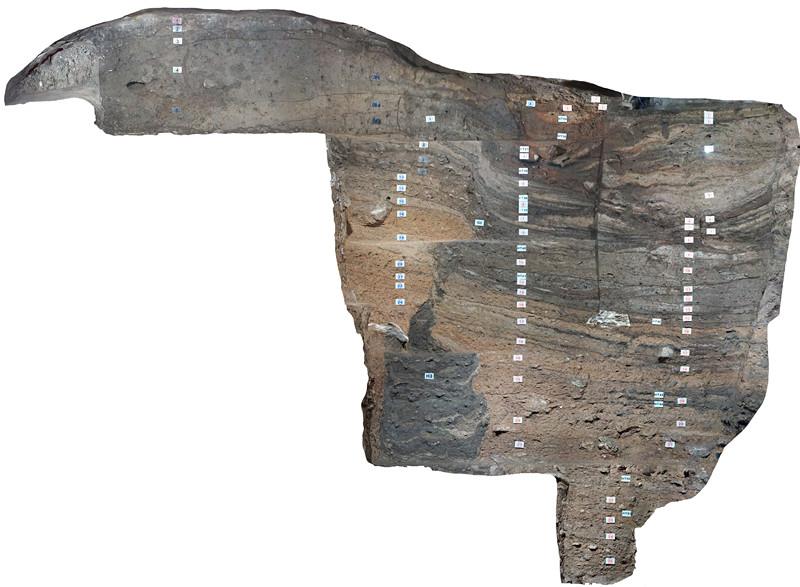 The photo provided by Guizhou Provincial Research Institute of Cultural Relics and Archaeology shows the relic site of Zhaoguo Cave site, Gui'an New Area, southwest China’s Guizhou province. Dating back to 45,000 to 12,000 years, during the Paleolithic to Neolithic period, the findings here provides key clues to the early-stage usage of fire.(Photo provided by Guizhou Provincial Research Institute of Cultural Relics and Archaeology)
The photo provided by Guizhou Provincial Research Institute of Cultural Relics and Archaeology shows the relic site of Zhaoguo Cave site, Gui'an New Area, southwest China’s Guizhou province. Dating back to 45,000 to 12,000 years, during the Paleolithic to Neolithic period, the findings here provides key clues to the early-stage usage of fire.(Photo provided by Guizhou Provincial Research Institute of Cultural Relics and Archaeology)
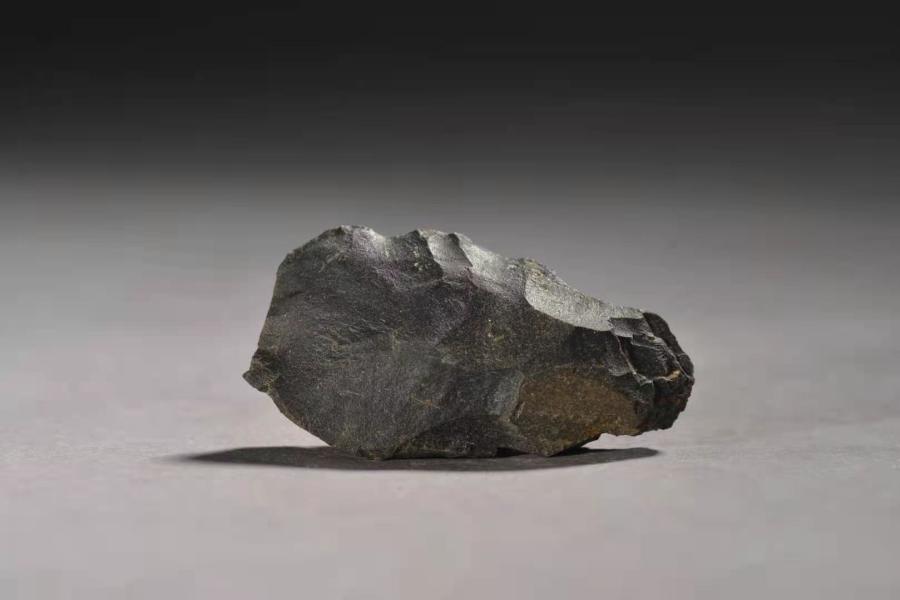 Top 10 archaeological discoveries of 2020 in China were unveiled on Tuesday. The findings were selected from a shortlist of 20 archaeological discoveries in 15 provincial-level regions, were announced by a 21-person judging panel featuring the country's top-tier archaeological scholars. The annual selection of China's top 10 archaeological findings has been held since 1990.
Top 10 archaeological discoveries of 2020 in China were unveiled on Tuesday. The findings were selected from a shortlist of 20 archaeological discoveries in 15 provincial-level regions, were announced by a 21-person judging panel featuring the country's top-tier archaeological scholars. The annual selection of China's top 10 archaeological findings has been held since 1990.
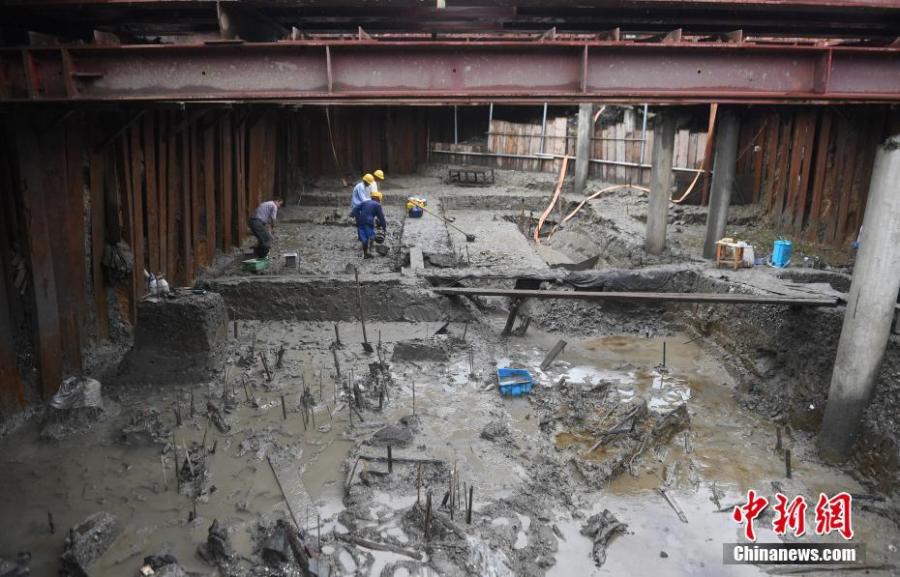 A archaeological modeling for Zhaoguo Cave site. (Photo provided by Guizhou Provincial Research Institute of Cultural Relics and Archaeology)
A archaeological modeling for Zhaoguo Cave site. (Photo provided by Guizhou Provincial Research Institute of Cultural Relics and Archaeology)
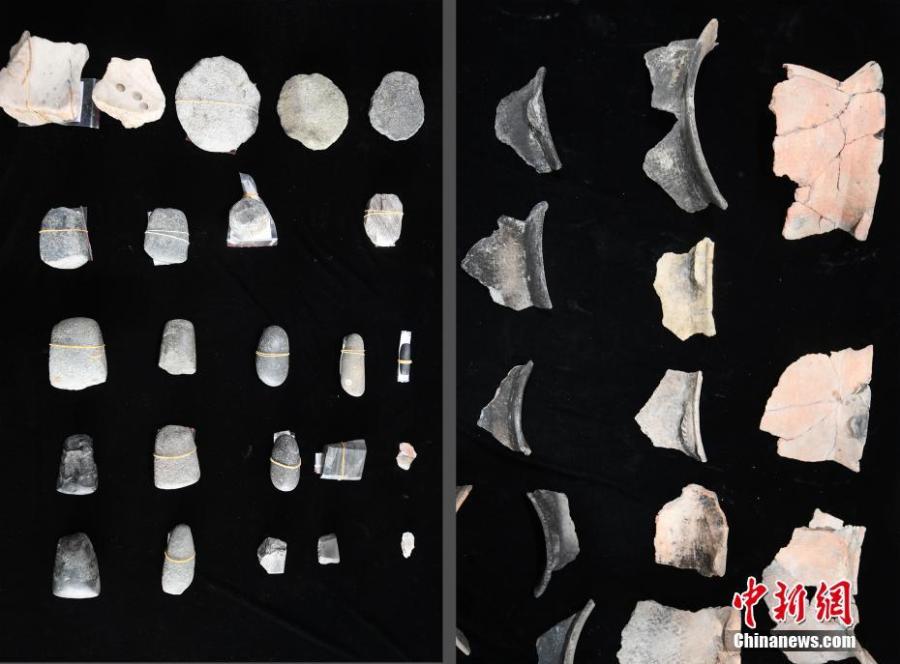 An ancient stone implement unearthed from Zhaoguo Cave site. (Photo provided by Guizhou Provincial Research Institute of Cultural Relics and Archaeology)
An ancient stone implement unearthed from Zhaoguo Cave site. (Photo provided by Guizhou Provincial Research Institute of Cultural Relics and Archaeology)
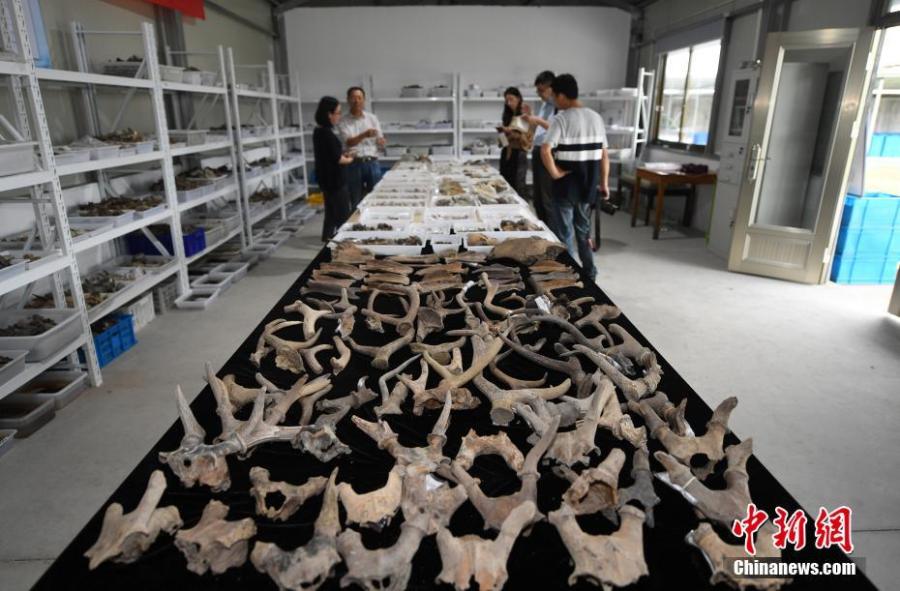 Jingtoushan shell mound site, Yuyao, east China’s Zhejiang province. (China News Service/Wang Gang) Dating back to more than 8000 years ago, the site is deemed one of the largest and oldest prehistoric shell mounds in China ever excavated, and also offers abundant discoveries to study the change of coastal environment change.
Jingtoushan shell mound site, Yuyao, east China’s Zhejiang province. (China News Service/Wang Gang) Dating back to more than 8000 years ago, the site is deemed one of the largest and oldest prehistoric shell mounds in China ever excavated, and also offers abundant discoveries to study the change of coastal environment change.
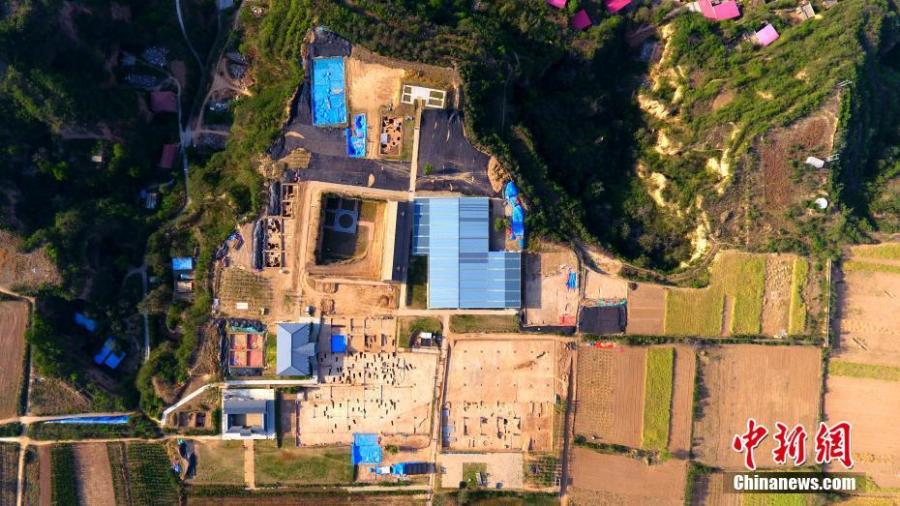 The remains of antlers and shells from the Jingtoushan shell mound site. (China News Service/Wang Gang)
The remains of antlers and shells from the Jingtoushan shell mound site. (China News Service/Wang Gang)
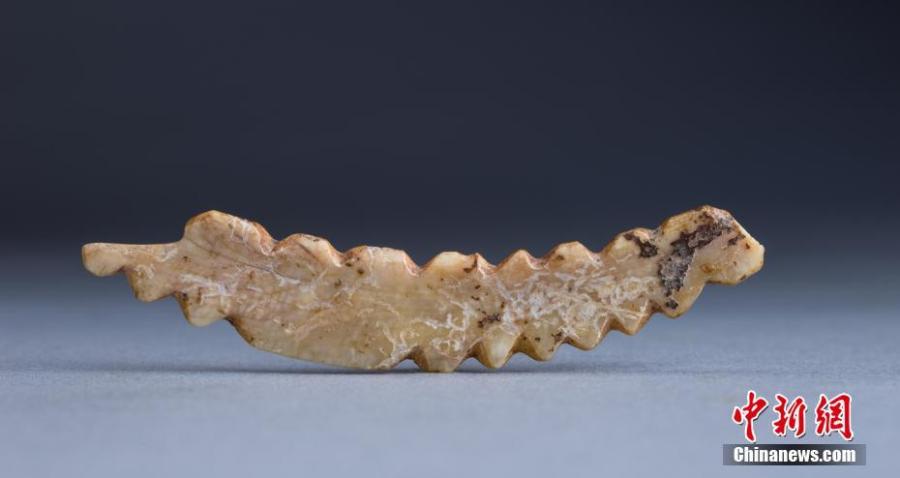 Some stone implements and fragments of pottery cookers found at the Jingtoushan shell mound site. (China News Service/Wang Gang)
Some stone implements and fragments of pottery cookers found at the Jingtoushan shell mound site. (China News Service/Wang Gang)
 The aerial photo show the layout of the Shuanghuaishu heritage site, Gongyi, central China’s Henan province. (Photo provided by Zhengzhou municipal institute of cultural relics and archaeology) It is believed the highest-level residential complex formed around 5300 years ago along the middle and lower reaches of the Yellow River, filling a gap in the research of the origins of Chinese civilization.
The aerial photo show the layout of the Shuanghuaishu heritage site, Gongyi, central China’s Henan province. (Photo provided by Zhengzhou municipal institute of cultural relics and archaeology) It is believed the highest-level residential complex formed around 5300 years ago along the middle and lower reaches of the Yellow River, filling a gap in the research of the origins of Chinese civilization.
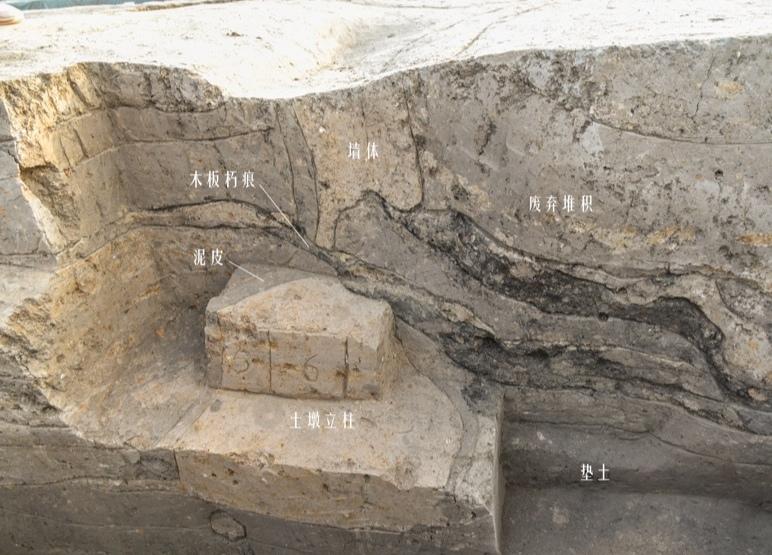 A jade sculpture of a silkworm unearthed from the Shuanghuaishu heritage site. (China News Service/Wang Yi)
A jade sculpture of a silkworm unearthed from the Shuanghuaishu heritage site. (China News Service/Wang Yi)
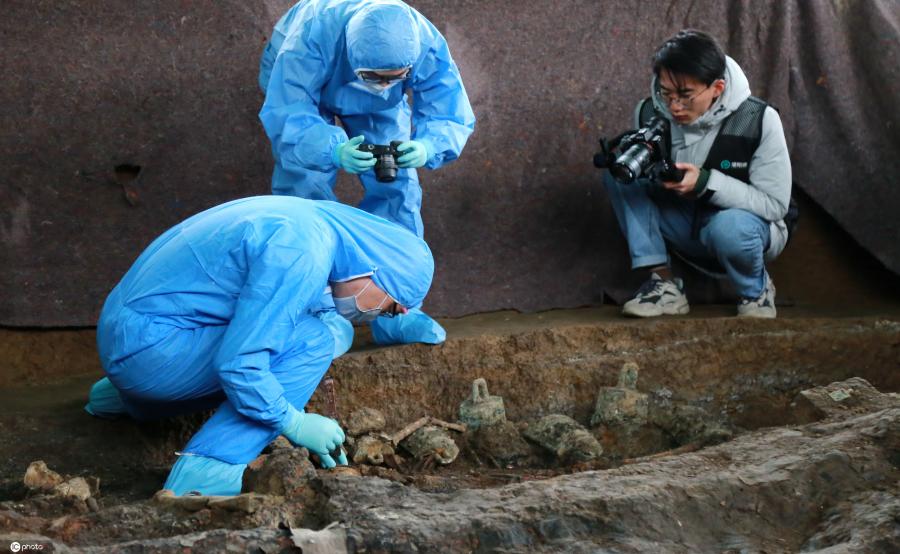 The layout of Shizhuang heritage site, Zhoukou, central China’s Henan province. (Photo provided by Henan Provincial Institute of Cultural Relics and Archaeology) The earliest-known a fortified city of barns in China,?the site existed between 2000 and 1700 BC.
The layout of Shizhuang heritage site, Zhoukou, central China’s Henan province. (Photo provided by Henan Provincial Institute of Cultural Relics and Archaeology) The earliest-known a fortified city of barns in China,?the site existed between 2000 and 1700 BC.
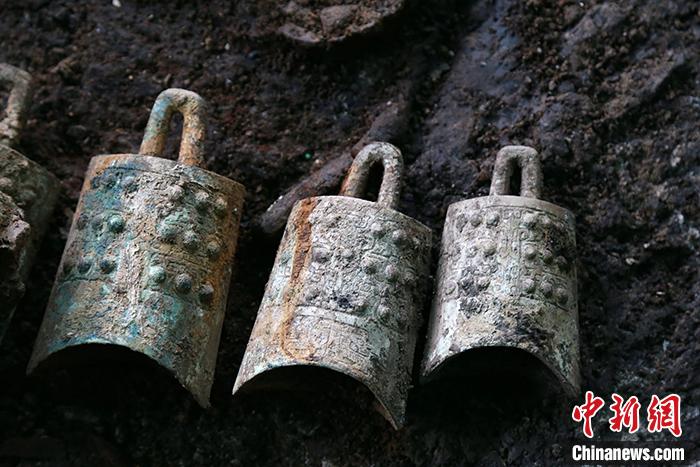 The profile of a section of the Shizhuang heritage site. (Photo provided by Henan Provincial Institute of Cultural Relics and Archaeology)
The profile of a section of the Shizhuang heritage site. (Photo provided by Henan Provincial Institute of Cultural Relics and Archaeology)
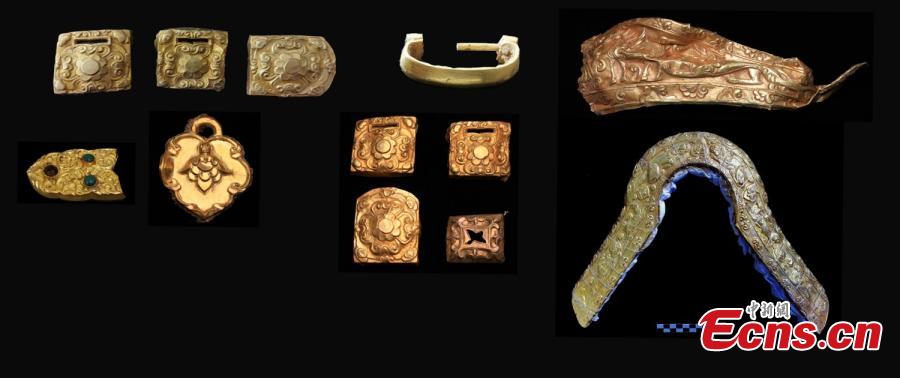 Xuyang graveyard site, Yichuan county, Luoyang, central China’s Henan province. (Photo/China News Service) The graveyard dates back to Eastern Zhou Dynasty(770-256 BC), showing the mixture of rituals of Central China and other ethnic groups in the west of China today.
Xuyang graveyard site, Yichuan county, Luoyang, central China’s Henan province. (Photo/China News Service) The graveyard dates back to Eastern Zhou Dynasty(770-256 BC), showing the mixture of rituals of Central China and other ethnic groups in the west of China today.
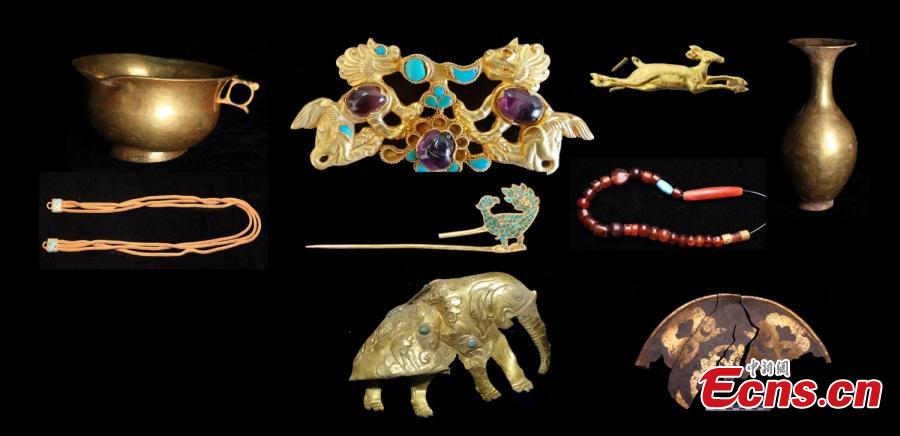 Artifacts excavated from the Xuyang graveyard site. (Photo/China News Service)
Artifacts excavated from the Xuyang graveyard site. (Photo/China News Service)
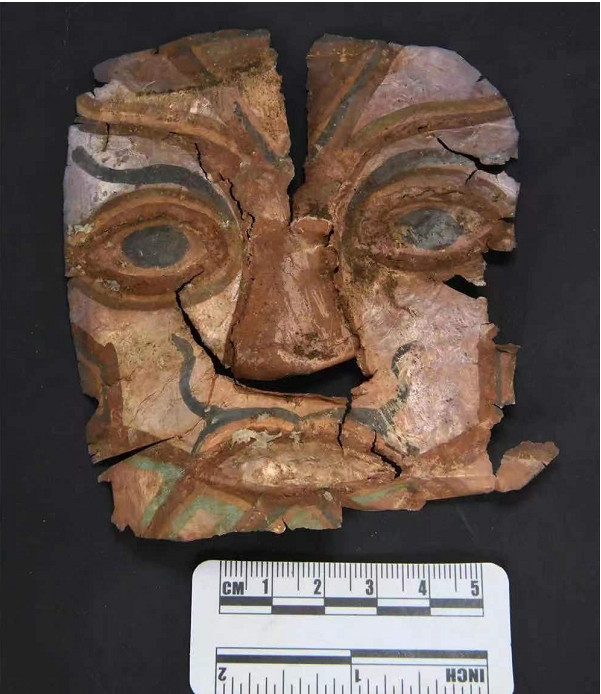 Provided photo shows Gold wares unearthed from the Reshui graveyard site, Dulan county, Haixi Mongolian-Tibetan autonomous prefecture, Qinghai province. Dating back to Tang Dynasty (618-907), the graveyard unveils cultural communication between Tang and other regions inhabited by non-Han ethnic groups and provides vital clues to studies on the Silk Road.
Provided photo shows Gold wares unearthed from the Reshui graveyard site, Dulan county, Haixi Mongolian-Tibetan autonomous prefecture, Qinghai province. Dating back to Tang Dynasty (618-907), the graveyard unveils cultural communication between Tang and other regions inhabited by non-Han ethnic groups and provides vital clues to studies on the Silk Road.
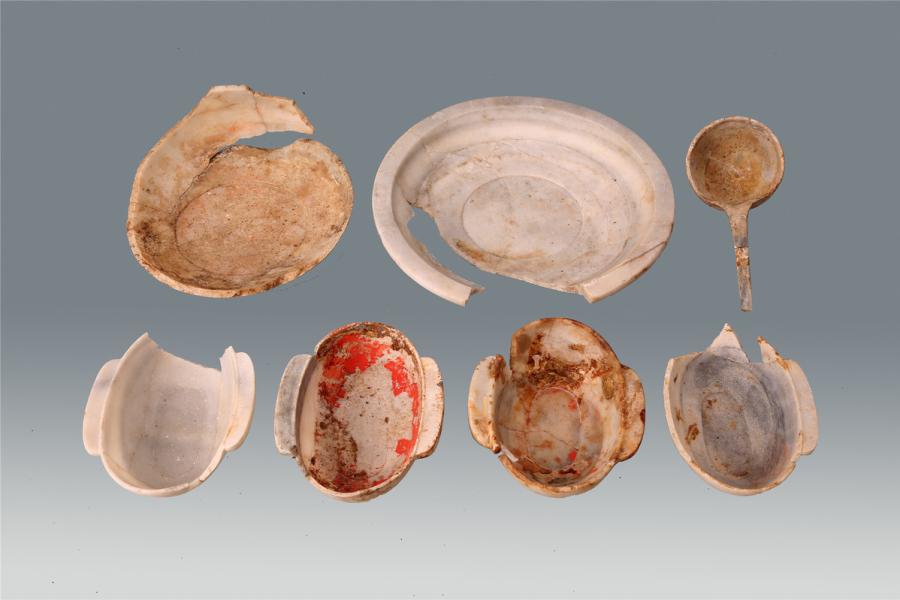 Provided photo shows Gold wares unearthed from the Reshui graveyard site, Dulan county, Haixi Mongolian-Tibetan autonomous prefecture, Qinghai province.
Provided photo shows Gold wares unearthed from the Reshui graveyard site, Dulan county, Haixi Mongolian-Tibetan autonomous prefecture, Qinghai province.
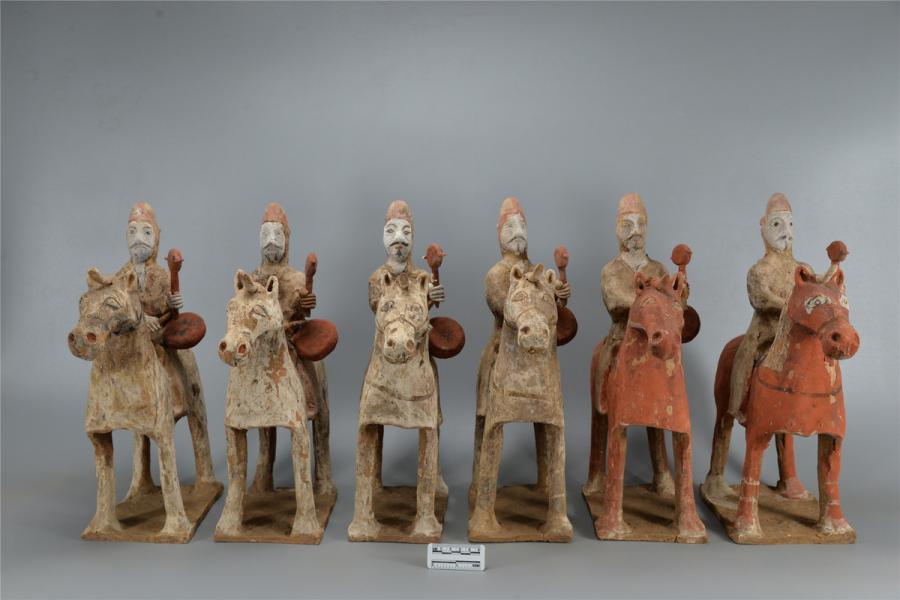 A relic from Sangsdar Lungmgo graveyard site, Zanda county, Ngari prefecture, Tibet autonomous region, 4th century BC--7th century AD(Photo/China Cultural Relics News) As a key finding of early-stage history of Tibet, it shows frequent communication among the region with the area to the south of Himalayas as well as today's Central China, Xinjiang and Tibet.
A relic from Sangsdar Lungmgo graveyard site, Zanda county, Ngari prefecture, Tibet autonomous region, 4th century BC--7th century AD(Photo/China Cultural Relics News) As a key finding of early-stage history of Tibet, it shows frequent communication among the region with the area to the south of Himalayas as well as today's Central China, Xinjiang and Tibet.
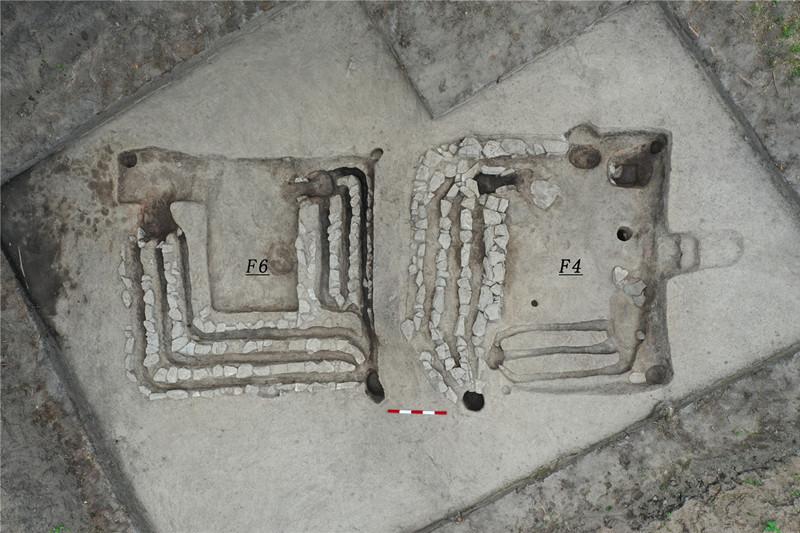 No 2 pit of Tushan Tomb, Xuzhou, Jiangsu province. (Photo/China Cultural Relics News) The tomb dates back to Eastern Han Dynasty (25 to 220), believed to belongs to Liu?Ying, a Prince of Chu.
No 2 pit of Tushan Tomb, Xuzhou, Jiangsu province. (Photo/China Cultural Relics News) The tomb dates back to Eastern Han Dynasty (25 to 220), believed to belongs to Liu?Ying, a Prince of Chu.